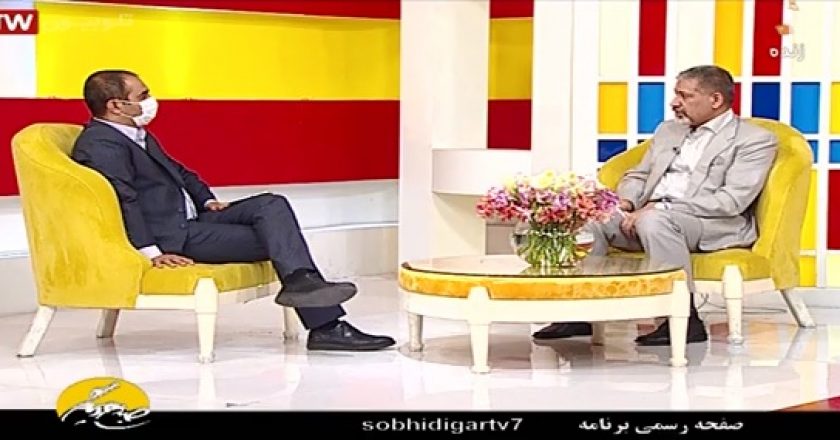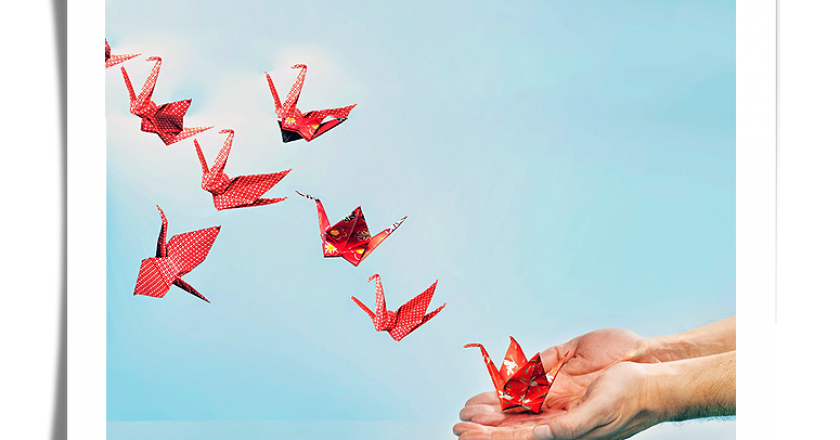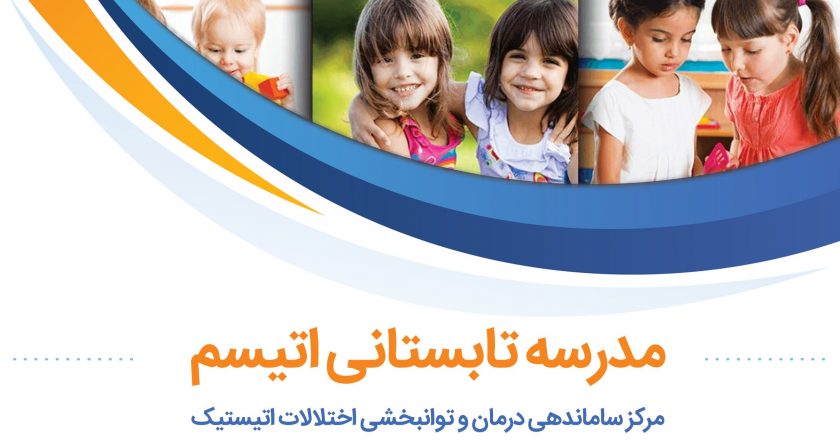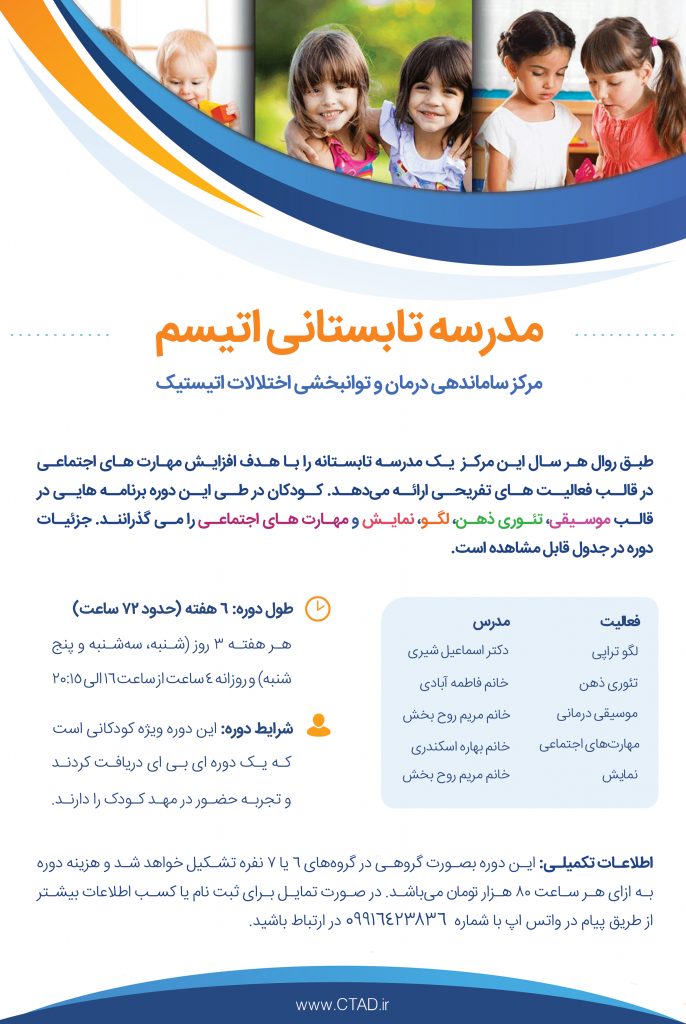آموزش آنلاین برنامه “پیوند عاطفی و آموزش مستمر در تنش کرونا ” (پاتک):
ویژه مادران و سایر مراقبین کودکان دارای اتیسم تا ۴ سال
مولفههای موثر بر درمان اتیسم عبارتند از: پیوند عاطفی، آموزش و توانبخشی مستمر در سنین پایین. معمولاً مسئولیت پیوند عاطفی و استمرار درمان از طریق ارتباط به عهدۀ والدین است. اما مسئولیت اقدامات آموزشی / توانبخشی (مثل ABA) که مربوط به مشکلات حسی-حرکتی، مشکلات شناختی، خودیاری و… هستند به عهده کارشناسان و متخصصین است. مادران یا سایر مراقبین کودک، حتیالامکان نباید درگیر این اقدامات شوند. زیرا این اقدامات، معمولاً خشک و رسمی هستند و با ارتباط عاطفی مادرانه در تعارض قرار میگیرند. اما بحران کرونا، باعث توقف طولانی روند آموزش و توانبخشی کودکان شده است. وضعیتی که معلوم نیست چه موقع خاتمه یابد. لذا مرکز ساماندهی درمان و توانبخشی اختلالات اتیستیک، یک برنامه آموزشی کوتاه مدت تدارک دیده است تا از طریق آن والدین بتوانند علاوه بر حفظ تعامل و پیوند عاطفی، مقداری از آموزشها و برنامههای توانبخشی را اجرا کنند. این برنامه شامل سه بخش است: آموزش نظری آنلاین، ارزیابی و اجرای برنامهی ساده و ملایم آموزشی توسط مادر.
مدت و هزینه شرکت در برنامه پاتک
مدت برنامه برای افرادی که قبلا در برنامه ارتباط از طریق بازی با کودک دارای اتیسم یا برنامه جیره عاطفی یا برنامه خانواده محور مدیریت رفتارهای اضافه در اتیسم، شرکت کردهاند ۴ ساعت و برای سایر مادران یا مراقبین کودک ۸ ساعت است. به عبارت دیگر، مادرانی که در یکی از دورههای فوق شرکت کردهاند لازم نیست در بخش اول برنامه که صبح برگزار میشود، شرکت کنند. این مادران در بخشهای دوم و سوم برنامه شرکت میکنند. بخش اول ۰۸:۳۰ تا ۱۲:۳۰، بخش دوم ۱۳:۳۰ تا ۱۵:۳۰، و بخش سوم (بخش خصوصی) طبق برنامه از پیش تعیین شده در یکی از روزهای هفته.
هزینه برنامه برای افرادی که در هر یک از سه دوره فوق شرکت کردهاند و تمایلی به شرکت در بخش نظری برنامه (صبح) ندارند، ۳۰۰ هزار تومان است. و برای افرادی که متقاضی شرکت در کل برنامه هستند (صبح و بعد از ظهر) هستند، ۴۵۰ هزار تومان میباشد. البته شرکت افرادی که از برنامه های فوق استفاده نموده و تمایل به حضور در کل برنامه را نیز دارند بلامانع است. و هزینه بخش خصوصی شامل ارزیابی، برنامه نویسی و آموزش مادر برای اجرای برنامه دوم به بعد، (به مدت ۱.۵ ساعت) ۱۸۰ هزار تومان خواهد بود.
اطلاعات تکمیلی
تمامی بخشهای این دوره بصورت آنلاین (مجازی) برگزار خواهد شد. برای کسب اطلاع بیشتر در مورد این دوره متن معرفی کامل دوره را مطالعه بفرمایید (معرفی دوره پیوند عاطفی و آموزش مستمر در تنش کرونا)
ثبت نام در دوره
برای انجام پیش ثبتنام در این دوره بر روی لینک ثبتنام کلیک کنید (پیش ثبتنام در دوره). اطلاعات تکمیلی بعد از انجام پیش ثبت نام در اختیار شما قرار خواهد گرفت.
ورود به جلسه آنلاین
با توجه به نوع ثبتنام و نام کاربری و رمز عبوری که به شما اعلام شده است، از طریق لینکهای زیر در تاریخ برگزاری دوره وارد جلسه شوید.
لینک بخش اول جلسه آنلاین (صبح)
لینک بخش دوم جلسه آنلاین (بعد از ظهر)









